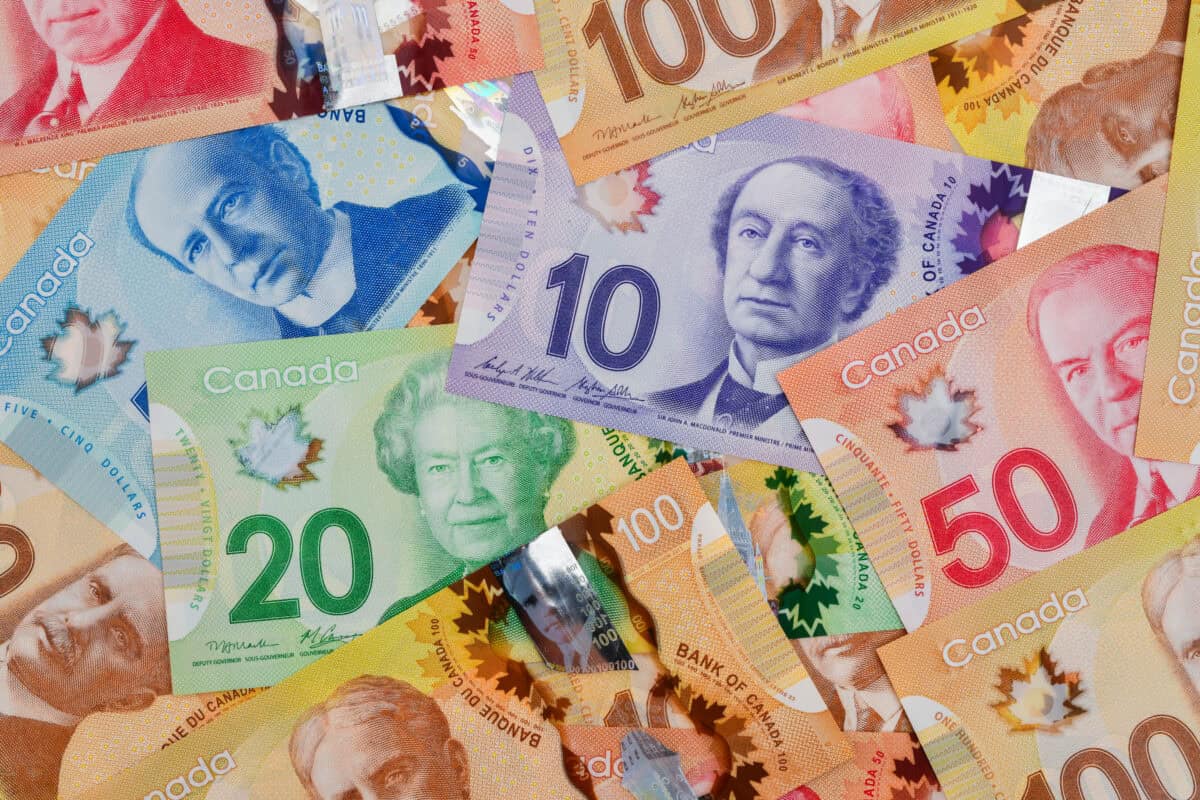There’s something deeply satisfying about earning money while you sleep. That’s the draw of dividend investing. You buy solid stocks, and they pay you just for holding on. However, not all dividends are created equal. If you’re going to put $25,000 to work, you want to be smart about where that money goes, especially if the goal is to generate a significant amount a year in passive income.
The good news is that on the TSX, there are dividend-paying companies that not only deliver regular payouts but also offer stable operations and strong fundamentals. With an average dividend yield of about 5.7%, this goal is well within reach. But even more important than the yield is how reliable those payouts are. That’s where this strategy begins.
The stocks
Start with Enbridge (TSX:ENB). The company has been a staple in Canadian dividend portfolios for decades. As of writing, it trades with a yield of around 5.9%. Enbridge continues to benefit from long-term contracts to move oil and gas across North America. Its regulated model gives it predictable cash flow, which it has used to raise its dividend for nearly three decades straight. In its most recent quarterly earnings, Enbridge reported earnings before interest and taxes of $2.5 billion, demonstrating once again that the company can generate strong profits even in volatile markets.
Then there’s BCE (TSX:BCE), one of the largest telecom companies in the country. While the stock has dropped a bit in recent months, that has actually increased its dividend yield, which now sits at a whopping 12.23%. BCE provides internet, television, and mobile services across Canada. These are services people don’t cut, even in tough times, which makes its cash flow fairly reliable. In its latest quarterly results, BCE reported $6.5 billion in revenue and net earnings of $435 million, slightly down from the prior year but still enough to keep funding the dividend.
Now, to spread the risk a bit further, consider adding a smaller allocation to another dividend payer with long-term growth potential. One such option is TransAlta (TSX:TA). As of writing, it’s offering a yield close to 1.92%. Though it’s been volatile in the past, it remains a strong play on the growing demand for clean energy. Its portfolio includes wind, hydro, and gas assets. In its most recent earnings report, the company posted $135 million in revenue for the quarter and reaffirmed its guidance for the year.
Putting it to work
Altogether, putting $10,000 into Enbridge, $10,000 into BCE, and $5,000 into TransAlta would generate a significant amount of passive income. An amount that leaves room to reinvest any extra or simply pad the income stream in case one of the companies reduces its dividend. That’s always a risk, especially during times of economic uncertainty. However, with these companies, the risk is relatively contained, and the potential reward is dependable cash flow. So, how much are we talking?
| COMPANY | RECENT PRICE | NUMBER OF SHARES | DIVIDEND | TOTAL PAYOUT | FREQUENCY | TOTAL INVESTMENT |
| ENB | $64.15 | 156 | $3.77 | $588.12 | quarterly | $10,000 |
| BCE | $31.33 | 319 | $3.99 | $1,272.81 | quarterly | $10,000 |
| TA | $13.58 | 368 | $0.26 | $95.73 | quarterly | $,5000 |
You could make $1,956.66 in total passive income from dividends alone! And that’s not even accounting for growth. The best part about dividend investing is the compounding effect. If you reinvest those payouts, even modest returns can snowball into serious income over time. And because these dividends are paid quarterly, it means you’re getting fresh capital to put to work all year round. Some investors choose to use that income to buy more shares. Others use it to cover bills. Either way, it’s income that shows up without clocking in.
Bottom line
For investors who want peace of mind, dividends can offer just that. But it’s not just about chasing the highest yield. The smart money looks at the balance sheets, payout ratios, and cash flow to ensure the dividend is sustainable. Enbridge, BCE, and TransAlta check those boxes.
So, if you’re looking to make your money work for you, and you like the idea of collecting $1,956.66 in annual income from your $25,000 investment, this combination might just be your starting point. It’s not flashy, but it is smart. And in investing, smart often wins.

